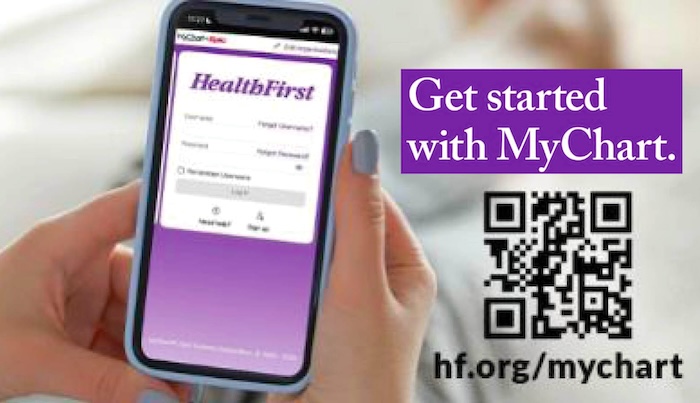7 Things a Traveler’s First Aid Kit Must Include
By Space Coast Daily // September 15, 2021

A first-aid pack is a vital piece of gear for any gap year or round-the-world trip, but most travelers aren’t clear precisely what they’ll need.
A first aid kit is essential that you must carry along.
Other than the basic first-aid kit essentials listed below, make sure you carry the medications that you take on a regular basis. Other than that, if possible, get a healthcare bracelet to monitor your body’s physical activities.
If you have a chronic disease like diabetes, seizures, or allergies, take all the necessary precautions. Before your vacation, see your primary care physician or an independent medical facility.
Fill your carry-on bag with the following goods and keep it with you at all times.
Plasters (Bandages) are a must
You can have it in any first-aid bag. A cut or graze is the most common type of minor injury. You can always resupply at the pharmacy with just a handful of plasters in various sizes.
Bandages made of crepe (ACE or elastic bandages)
Crepe dressings are an excellent way to keep tiny scrapes and bruises clean and in position until medical help arrives. Remember that you’ll only have one or two of them in an emergency, so don’t have too many on hand.
A cut or scrape is one of the most common injuries at home or on the road. Band-aids, gauze pads, compression bandages, and medical tape are all good to have on hand.
Hand Sanitizer & N95 Masks:
To avoid infecting a wound, sanitize your hands before delivering therapy. When you’re done, sanitize your hands again to protect yourself from bloodborne diseases.
These disposable masks, also known as respiratory protection, will safeguard you from inhaled particles and bacteria. They establish a tight seal around your face and are meant to block pollutants as small as microns in size in 95% percent of cases.
Wearing one can help you avoid being exposed to contaminants, infectious germs, and chemical irritants. If you can’t find a respirator mask, a surgical mask with open sides may substitute.
These offer only rudimentary protection from airborne droplets but are designed to restrict your coughs and sneezes while protecting those around you.
A pair of small scissors
These are included in any commercially available first aid kit (although they may also be purchased individually) and are essential for trimming gauze or bandages to the appropriate size. If you bring scissors, make sure your first aid kit goes in your checked bag while in transit, or airport screening might take them away from you.
Tweezers
Tweezers are another device commonly included in most first-aid kits and can help remove splinters, tiny particles of stone or soil from a wound, and various other tasks.
Anti-inflammatories
A drawstring backpack of basic acetaminophen or any of the accompanying premium brands is generally enough, but ibuprofen or other similar drugs would also suffice. It doesn’t have to be spectacular – whatever you take for pain relief when you already have a headache or minor soreness.
Nurofen 200mg Coated Tablets include ibuprofen, a pain reliever with anti-inflammatory qualities that can last up to 8 hours* with a 400mg dose. Nurofen has been used to deliver tailored pain relief to millions of individuals for over 30 years.
Wipes with antiseptic properties
Antiseptic wipes are an absolute must-have in every effective first-aid kit, even though most people overlook them when thinking of first aid. Antiseptic wipes are ideal for cleansing a cut or wound before dressing, as no one wants it to become infected.
A tiny handful will do for most packs. When you run out, just like most basic things, they’re easy to replace at any pharmacy.
Antihistamine and antibacterial lotions for bites and bug bites should be included in any competent first aid kit. The kit will cover the vast majority of actual occurrences and accidents for the vast majority of tourists.
Important Note: When traveling with any generic drug, it is critical to keep it in its original packaging if customs officials need to inspect it. The information provided here is solely to provide general travel health advice and information.












